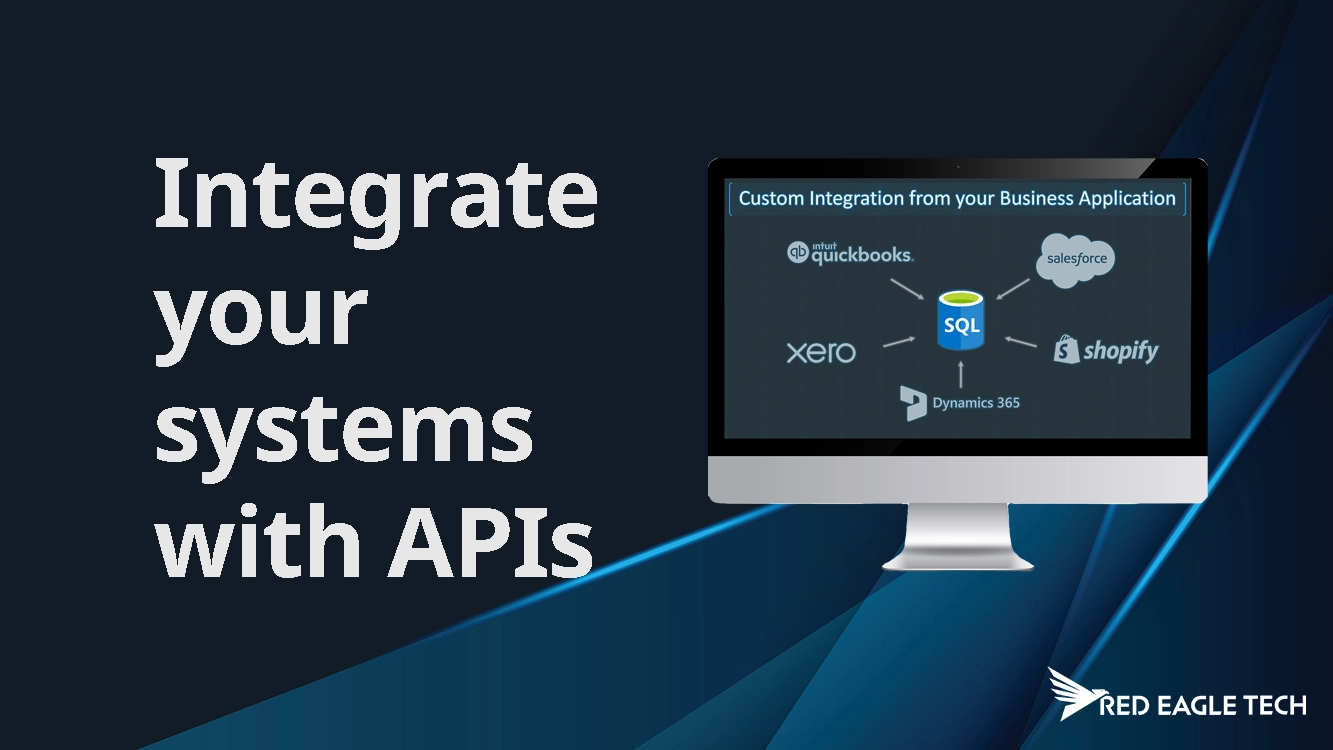
10 common e-commerce integration mistakes and how to avoid them
E-commerce businesses rely on a variety of systems working together smoothly to deliver great customer experiences. When your online shop, inventory management, payment processing and shipping systems don't communicate properly, it can lead to headaches for both you and your customers. Let's explore ten common integration mishaps that e-commerce businesses face and how you can dodge these pitfalls.
1. Neglecting to map your business processes first
Many store owners dive straight into integration without understanding their own workflows. This often leads to systems that don't align with how your business actually operates.
Solution: Before selecting integration tools, document your current business processes. Map out exactly how orders flow through your system, how inventory is updated, and what happens when products change. This creates a blueprint for what your integration needs to accomplish.
2. Choosing incompatible platforms
Not all e-commerce platforms play nicely together. Some store owners discover too late that their chosen inventory system doesn't have a suitable connection to their Shopify store.
Solution: Research compatibility before committing to any new system. Look for platforms with well-documented APIs and established integration pathways with your existing tools. Check if there are pre-built connectors available or if custom development will be required.
3. Overlooking data sync frequency
How often your systems exchange information matters, a lot. Many store owners set up integrations without considering how frequently data needs to update between systems.
Solution: Match your sync frequency to your business needs. High-volume stores typically need near real-time syncing for inventory and orders, while product details might only need daily updates. Most importantly, ensure stock levels sync frequently enough to prevent overselling.
4. Poor error handling
When something goes wrong with your integration (and at some point, something will), many systems simply fail silently without alerting you to the problem.
Solution: Implement robust error notifications that alert you immediately when there's a sync failure. The best integrations provide clear explanations of what went wrong and suggest potential fixes. Make sure somebody is responsible for monitoring these alerts.
5. Inadequate testing before launch
Rushing an integration into production without thorough testing is a recipe for disaster. We've seen store owners launch new connections only to discover order information going missing or prices updating incorrectly.
Solution: Create a testing plan that covers common scenarios and edge cases. Process test orders through the entire system, verify inventory updates correctly, and simulate high-volume periods. Many e-commerce platforms offer sandbox environments specifically for this purpose.
6. Ignoring data formatting differences
Different systems may format the same information differently. For example, one system might record a phone number as (020) 7946-0958 while another requires 02079460958.
Solution: Create clear data transformation rules that standardise information as it moves between systems. Pay special attention to dates, currencies, product attributes, and customer information. This seemingly small detail can prevent major headaches later.
7. Failing to plan for catalogue growth
Your product range today might be manageable, but what happens when you double or triple your catalogue? Many integrations that work fine with 100 products fall over when handling 1,000.
Solution: Build scalability into your integration strategy from the beginning. Test how the system performs with larger product sets than you currently have. Understand the limitations of your integration tools and have a plan for when you approach those limits.
8. Manual product updates
Many store owners still rely on spreadsheet uploads or manual entries when adding or updating products. This approach is not only time-consuming but prone to human error and inconsistency.
Solution: Automate your product management workflow. Tools like our Meldeagle solution can connect directly to your suppliers and automatically update your Shopify products, including descriptions, variants, prices and stock levels. This ensures consistency across your catalogue and frees up valuable time to focus on growing your business.
9. Overlooking backup procedures
When integrations go wrong, they can sometimes corrupt data across multiple systems. Without proper backups, recovering from these situations becomes nearly impossible.
Solution: Implement regular backups of all your critical systems. For crucial data migrations or major changes to your integration setup, take additional snapshots before making changes. Document a clear recovery process that your team can follow if things go wrong.
10. Forgetting about security concerns
Integrations often involve passing sensitive data between systems. Insecure connections can expose customer information or business data to unnecessary risks.
Solution: Verify that all integrations use secure, encrypted connections. Review what permissions each integration requires, and provide only the minimum access necessary. Regularly audit which external systems have access to your store and remove connections that are no longer needed.
How to build better integrations for your e-commerce business
Successful e-commerce integration isn't just about avoiding mistakes—it's about building a foundation that supports your business as it grows. Here are some positive steps you can take:
Start with the customer experience
The best integrations create seamless customer journeys. Think about how information flows affect your customers' experience with your brand, from browsing to purchasing to delivery.
Document everything
Create clear documentation of how your systems connect, what data flows between them, and who is responsible for maintaining each part. This becomes invaluable when troubleshooting or when bringing new team members on board.
Build in monitoring
Don't wait for customers to report problems. Implement monitoring that alerts you to unusual patterns or failed synchronisations before they impact your business.
Automate where it makes sense
Manual processes are often the weak link in e-commerce operations. For Shopify stores in particular, product catalogue management is a prime candidate for automation.
Our Meldeagle solution was built specifically to address the challenges of keeping Shopify product catalogues up-to-date. Instead of spending hours on spreadsheet uploads or manual updates, Meldeagle connects directly to your suppliers and automatically updates your products in near real-time.
Unlike basic bulk editing tools, Meldeagle runs continuously in the background, handling everything from product creation and updates to inventory syncing and price adjustments. This means your team can focus on strategy and customer service rather than data entry.
Getting your integrations right
Building effective e-commerce integrations requires planning, careful implementation, and ongoing maintenance. By avoiding these common mistakes, you'll create a more reliable foundation for your online business.
If you're struggling with integration challenges or looking to automate your Shopify product management, we'd be happy to help. Our team at Red Eagle Tech specialises in building seamless integrations and automation solutions for e-commerce businesses.
Get in touch today for a free, no-obligation chat about your integration needs, or to see how Meldeagle could transform your Shopify product management workflow.


































